Araza, Araca-boi
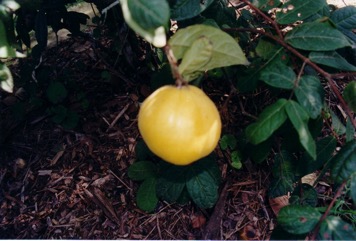
A tropical plant. It grows best in a dry tropical climate. It can stand some cold for short periods. It grows naturally in the non flooding areas of the Amazon in Brazil. It grows in regions with a temperature of 26°C. The rainfall is 2000-2500 mm per year. It suits an open location.
Also known as:
Arasa, Guayaba brasilera, Pichi, Uba-caxi
Synonyms
- Eugenia stipitata subsp. stipitata
Edible Portion
- Fruit
Where does Araza grow?
Found in: Amazon, Australia, Bolivia, Brazil, Central America, Colombia, Costa Rica, Ecuador, Peru, South America, United States, Venezuela
Notes: They are high in Vitamin C - 2x oranges. There are about 550 Eugenia species. They are mostly in tropical and subtropical South America. It has high antioxidant activity.
Status: It is sold in local markets. It is a cultivated fruit tree.
Growing Araza, Araca-boi
Cultivation: Plants can be grown from seed, air-layering, grafting or budding. Fresh seed should be used. Stored seeds are difficult to get to germinate.
Edible Uses: The fruit are sometimes eaten fresh but they are acidic. They are more commonly used to flavour sweets, ice-cream and drinks. Normally the fruit need to be sweetened before eating.
Production: Seedlings grows slowly at first. Fruit mature quickly so need to be harvested readily. A fruit can weigh 740 g. The production can be 20-30 tonnes per hectare per year.
Nutrition Info
per 100g edible portion| Edible Part | Energy (kcal) | Protein (g) | Iron (mg) | Vitamin A (ug) | Vitamin c (mg) | Zinc (mg) | % Water |
|---|---|---|---|---|---|---|---|
| Fruit | 32 | 0.5 | 0.1 | - | 27.7 | 0.1 | 90.3 |
Araza, Araca-boi Photos

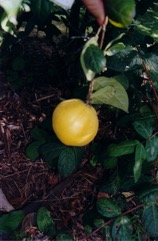
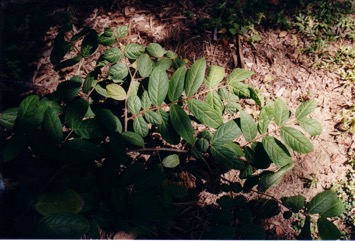
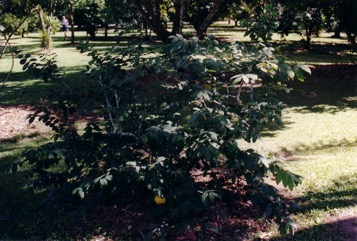
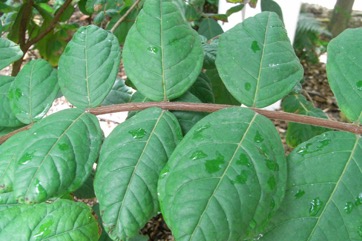
References
Bennett, B. C., 1990, Useful Plants of Amazonian Ecuador. US Agency for International Development. Fifth Progress Report. New York Botanical Gardens. p 39
Brazil: Biodiversity for Food and Nutrition. http://www.b4fn.org/countries/brazil/
Facciola, S., 1998, Cornucopia 2: a Source Book of Edible Plants. Kampong Publications, p 158
Fieldiana, Bot. 29:219. 1956
Grandtner, M. M. & Chevrette, J., 2013, Dictionary of Trees, Volume 2: South America: Nomenclature, Taxonomy and Ecology. Academic Press p 243
Hermandez Bermejo, J.E., and Leon, J. (Eds.), 1994, Neglected Crops. 1492 from a different perspective. FAO Plant Production and Protection Series No 26. FAO, Rome. p16, 198, 230
Hunter, D., et al, 2019, The potential of neglected and underutilized species for improving diets and nutrition. Planta (2019) 250:709-729
INFOODSUpdatedFGU-list.xls
Kermath, B. M., et al, 2014, Food Plants in the Americas: A survey of the domesticated, cultivated and wild plants used for Human food in North, Central and South America and the Caribbean. On line draft. p 358
Kiple, K.F. & Ornelas, K.C., (eds), 2000, The Cambridge World History of Food. CUP p 1721
Lorenzi, H., Bacher, L., Lacerda, M. & Sartori, S., 2006, Brazilian Fruits & Cultivated Exotics. Sao Paulo, Instituto Plantarum de Estuados da Flora Ltda. p 212
Morton, Julia F., 1987, Fruits of Warm Climates. Creative Resources Systems, Inc. . p. 366
Paz, F. S., et al, 2021, Edible Fruit Plant Species in the Amazon Forest Rely Mostly on Bees and Beetles as Pollinators. Journal of Economic Entomology, XX(XX), 2021, 1–13
Smith, N., Mori, S.A., et al, 2004, Flowering Plants of the Neotropics. Princeton. p 266
USDA, ARS, National Genetic Resources Program. Germplasm Resources Information Network - (GRIN). [Online Database] National Germplasm Resources Laboratory, Beltsville, Maryland. Available: www.ars-grin.gov/cgi-bin/npgs/html/econ.pl (10 April 2000)
Vasquez, R. and Gentry, A. H., 1989, Use and Misuse of Forest-harvested Fruits in the Iquitos Area. Conservation Biology 3(4): 350f
Villachica, H., (Ed.), 1996, Frutales Y hortalizas promisorios de la Amazonia. FAO, Lima. p 27
www.colecionandofrutas.org
www.worldagroforestrycentre.org/treedb/
Zaldivar, M. E., et al, 2002, Species Diversity of Edible Plants Grown in Homegardens of Chibehan Amerindians from Costa Rica. Human Ecology, Vol. 30, No. 3, pp. 301-316 (As Eugenia estipitata)